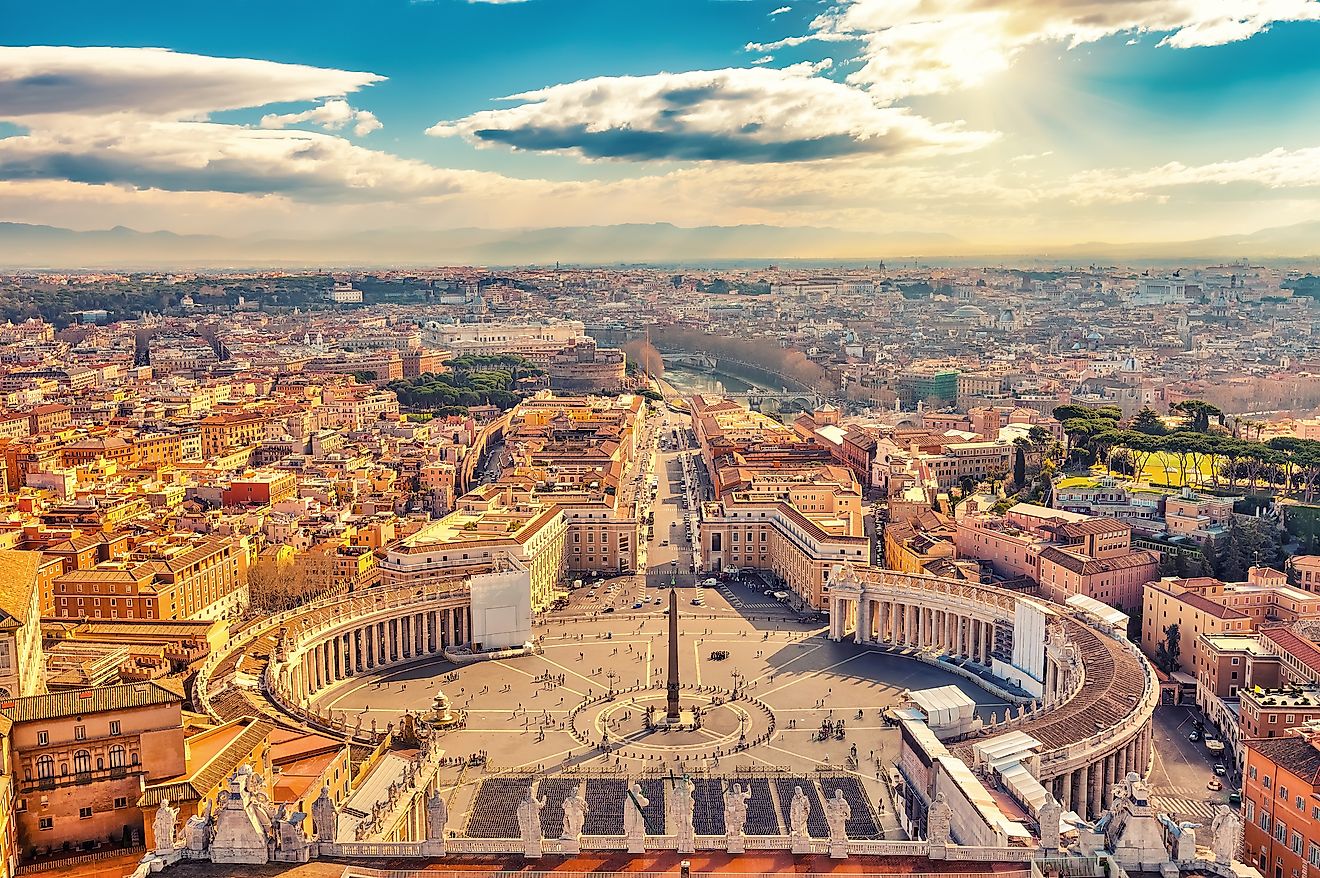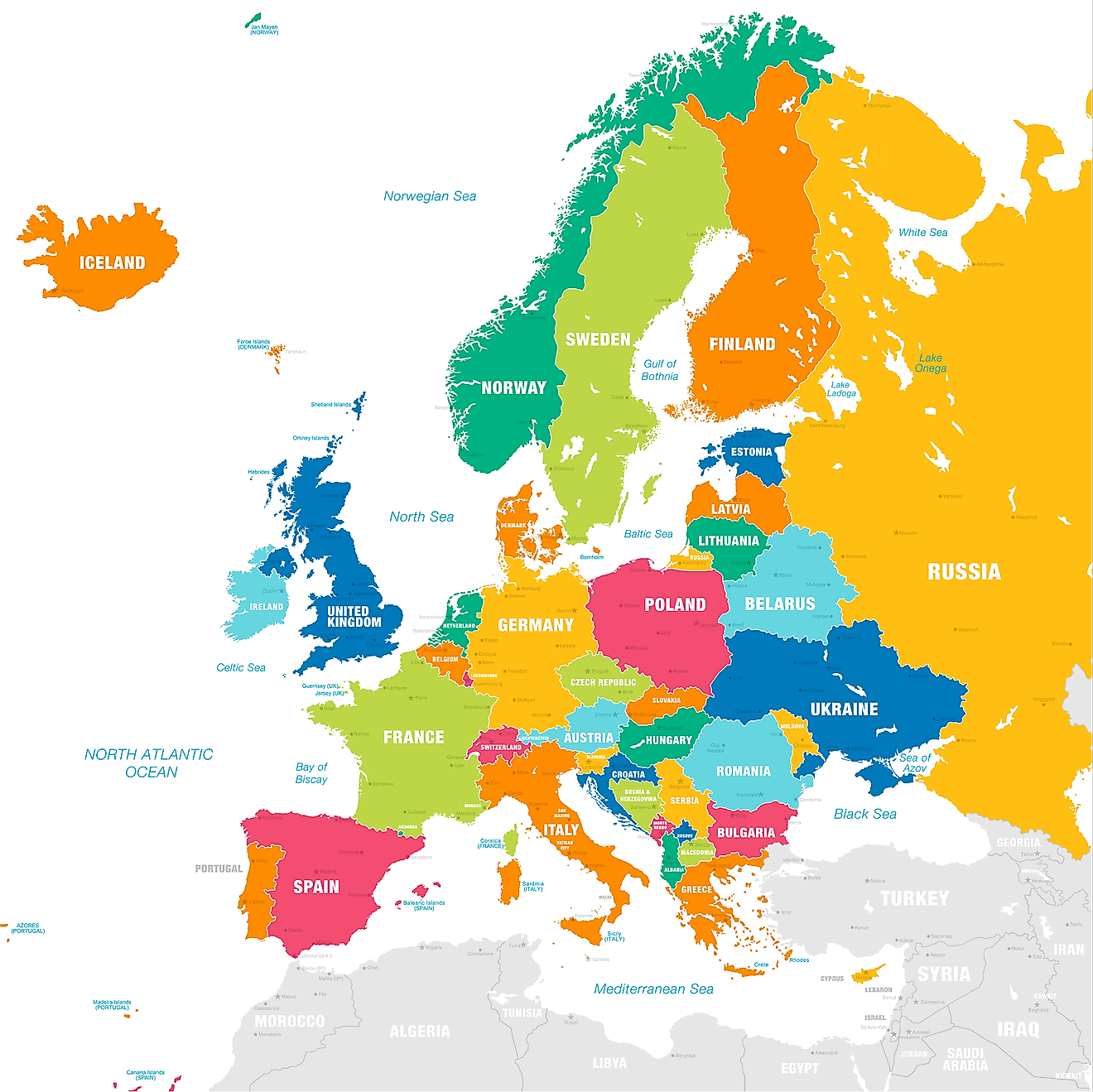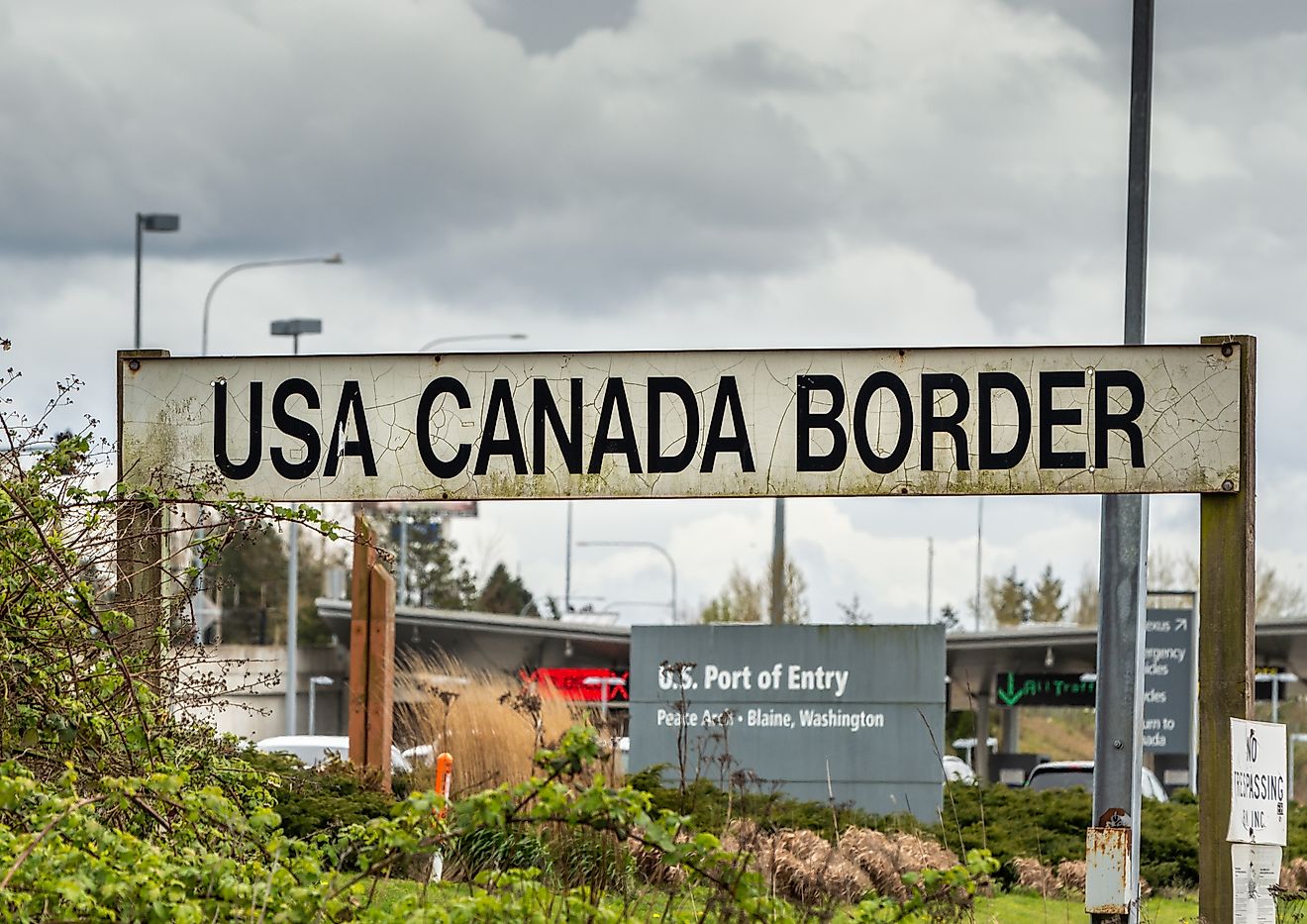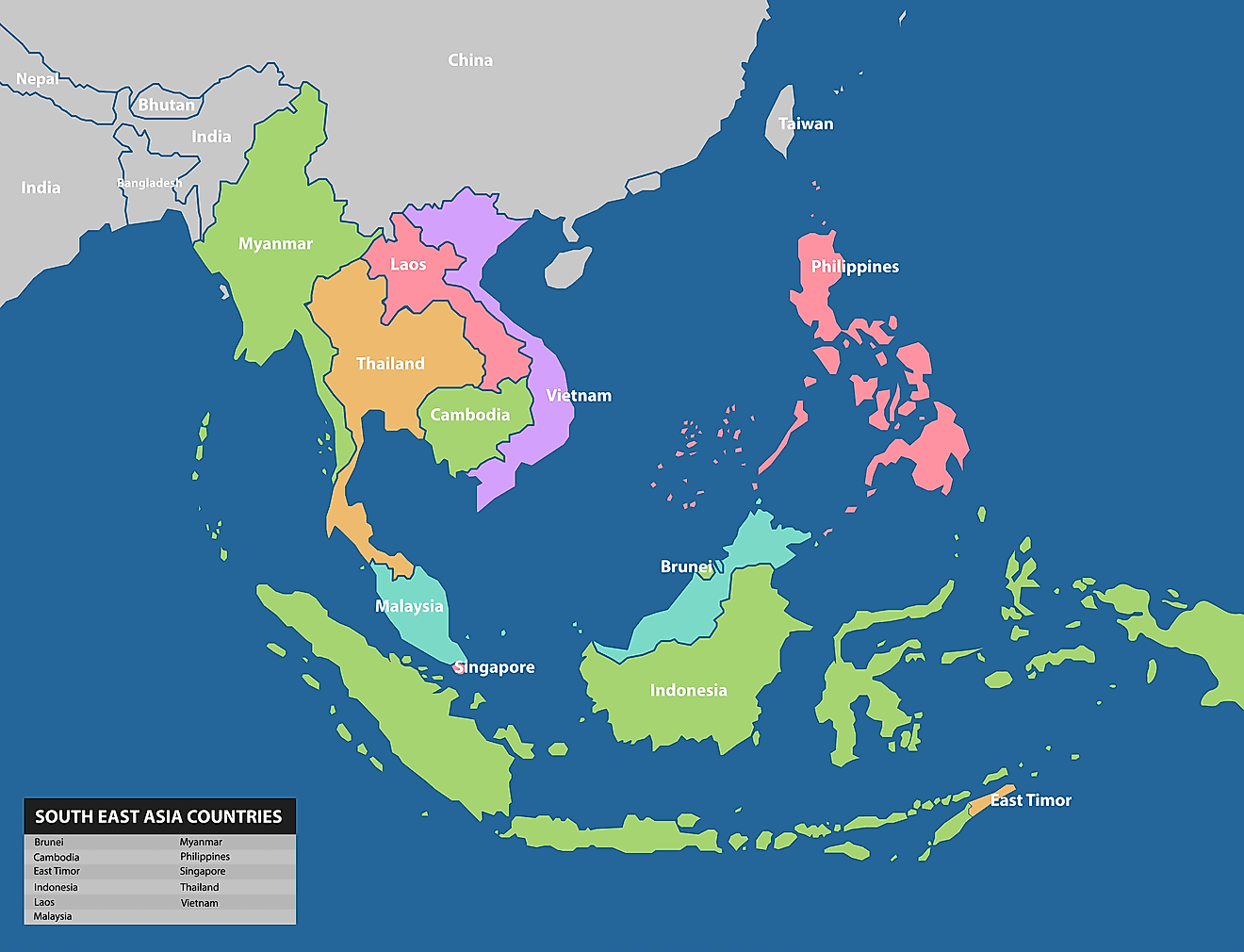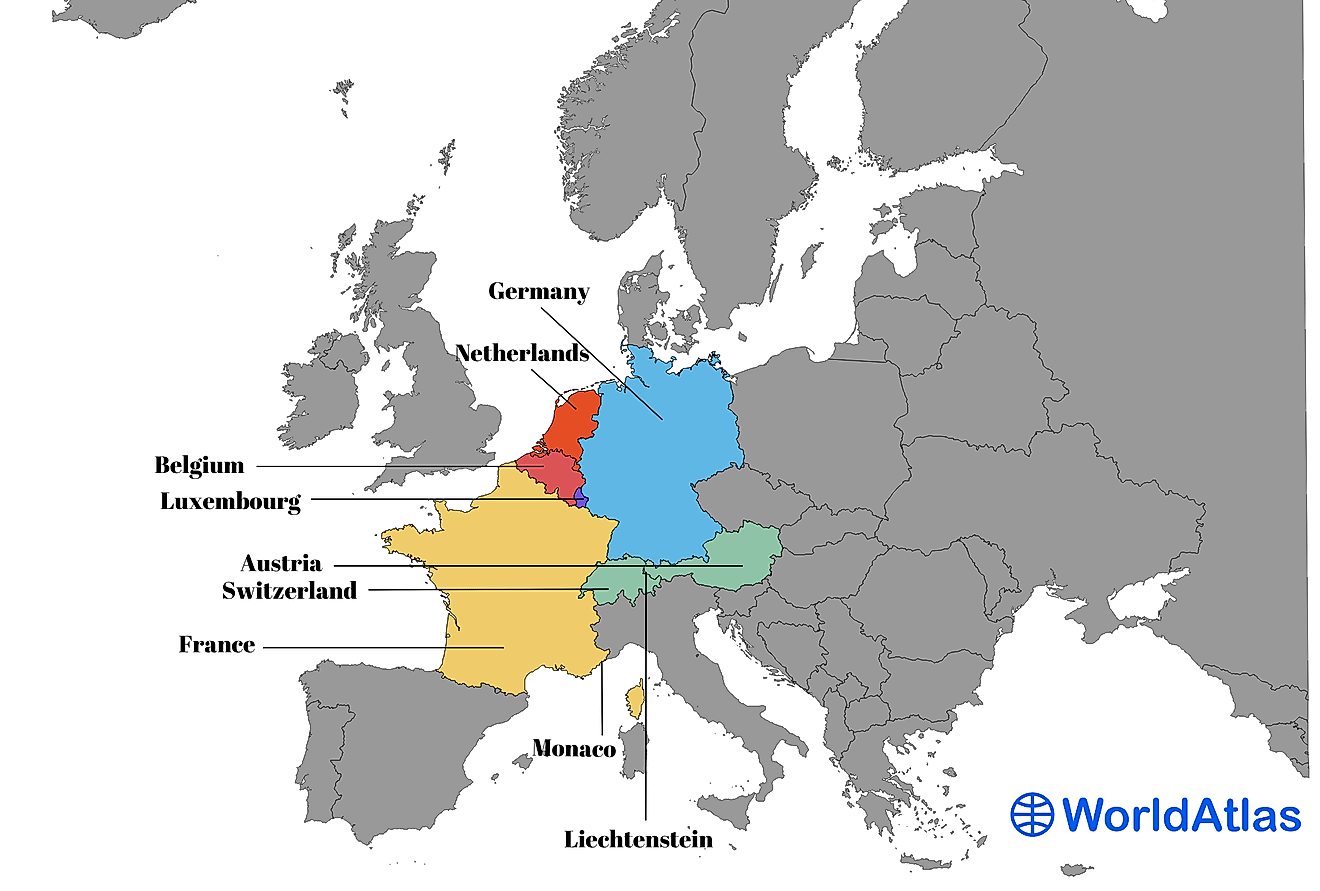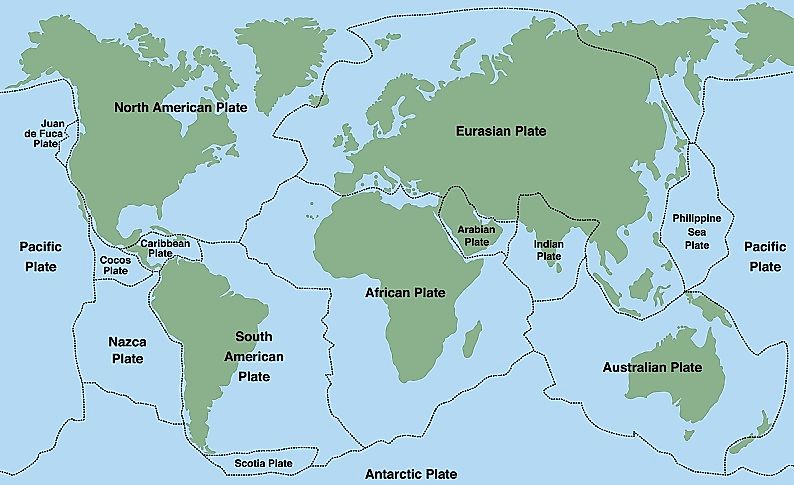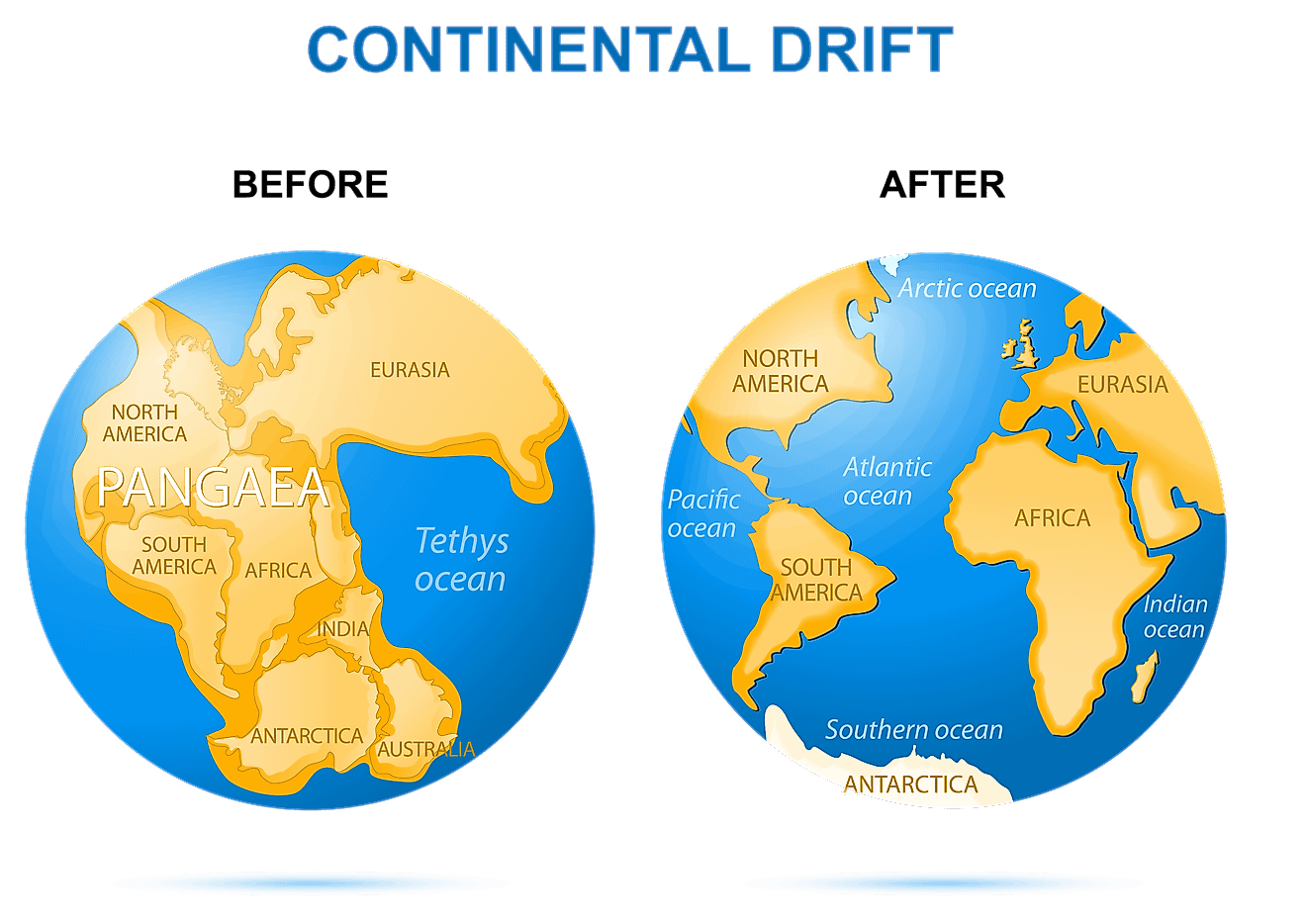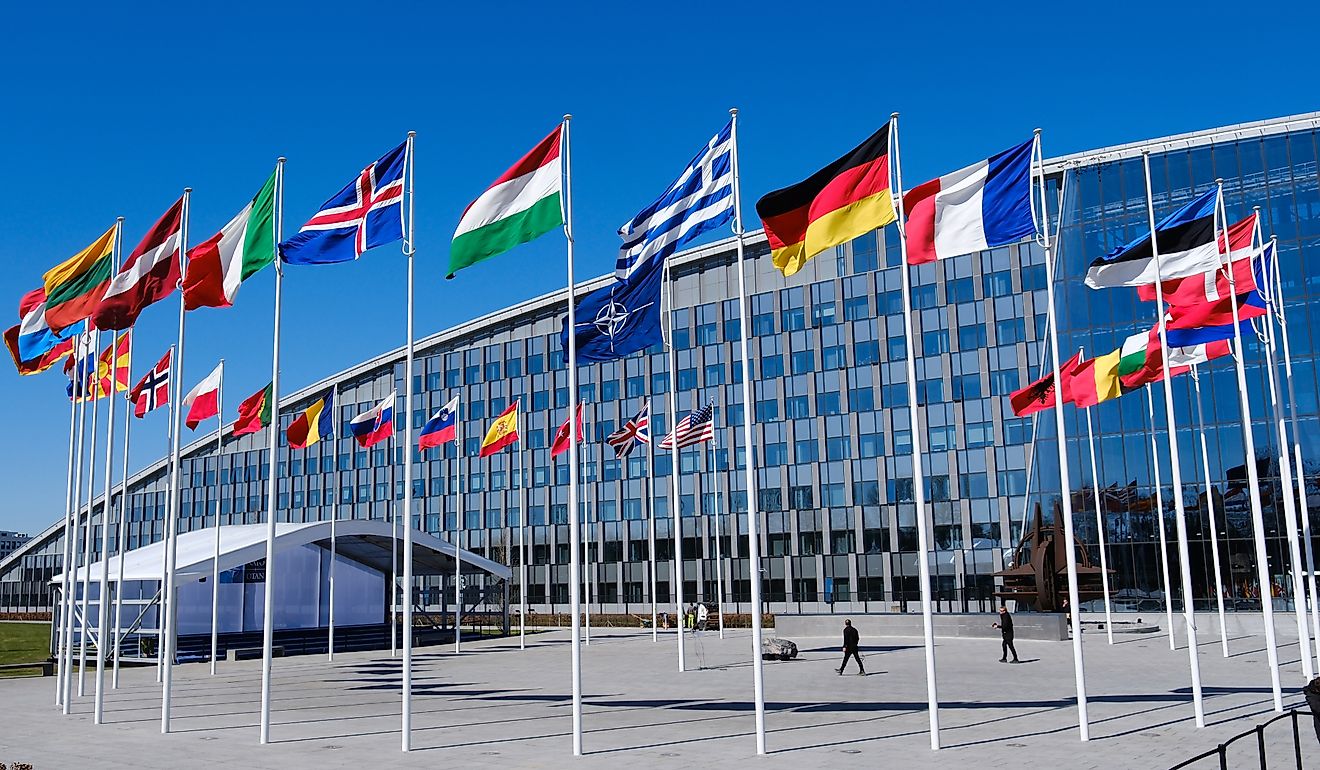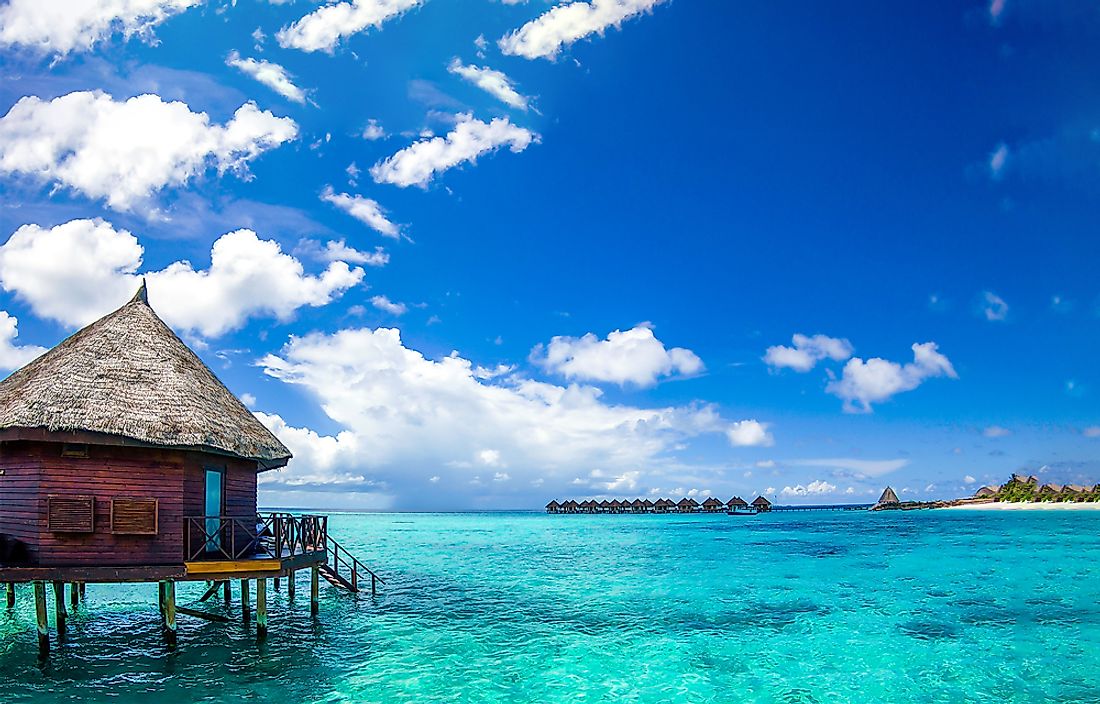The Civil War In Libya

- The Libyan Civil War began not long after the 2011 revolution that removed long-time dictator, Muammar Ghaddafi, from power.
- Libya now has two rival administrations. One is based in the country's capital, Tripoli, in the west, and the other is based in the eastern city of Tobruk.
- The Libyan Civil War has become a proxy war pitting several countries who support the rival administrations against each other.
- The Libyan conflict has led to lawlessness and the internal displacement of hundreds of thousands of civilians.
In 2011, the people of the North African country of Libya rose up to overthrow the country’s long-time dictator, Muammar Gaddafi, who had ruled the country for more than forty years. After a few months of fighting, and with the crucial help of NATO forces, the Libyan people drove Gaddafi from power, ultimately executing the dictator. The Libyans and the rest of the world had hoped that the removal of Gaddafi from power would lead to a successful transition to democracy. But this did not happen. Instead, a power struggle ensued between rival factions, who were once united in their efforts to overthrow Gaddafi. As a result, Libya descended into civil war, and so far, efforts by the international community to bring peace to the country have been unsuccessful. These efforts have also been complicated by the competing interests of the foreign powers involved in the conflict.
About Libya
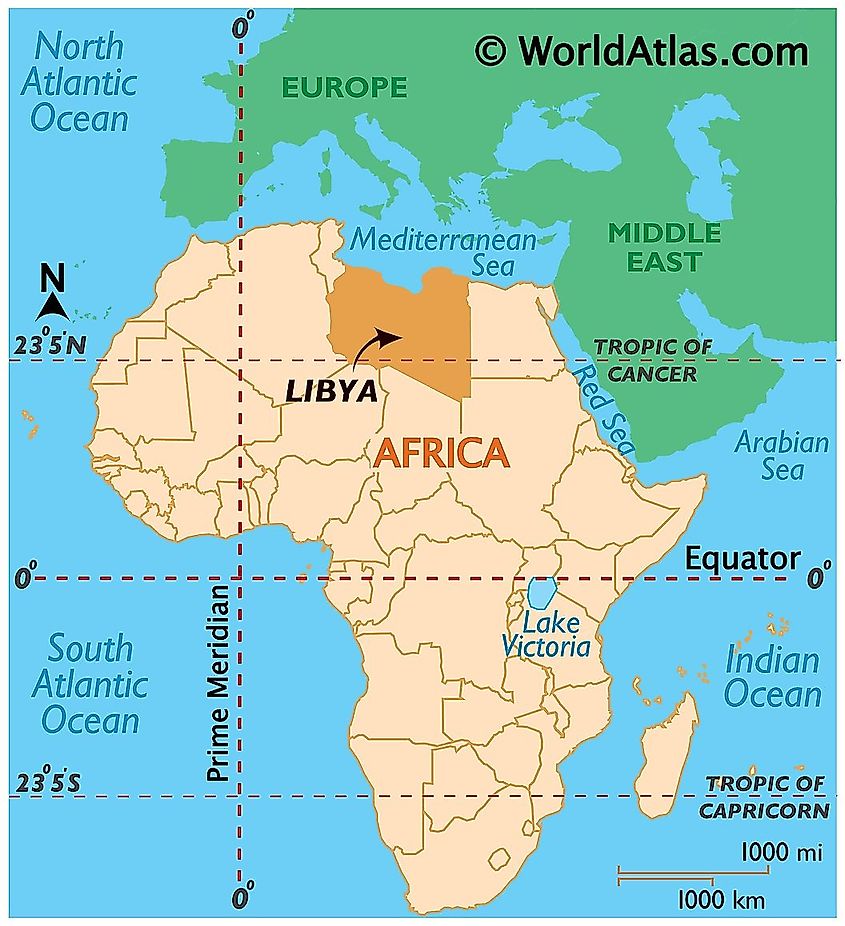
Libya is a state in North Africa. It is bordered to the north by the Mediterranean Sea, to the east by Egypt, to the west by Algeria, to the northwest by Tunisia, and to the south by Chad. For centuries, what became Libya was a possession of the Turkish Ottoman Empire. In 1912, however, Italy had seized this territory and ruled it as a colony until 1951, when it achieved independence under King Idris Al-Sanusi. In 1969, King Idris was overthrown in a military coup led by Colonel Muammar Gaddafi, who would rule the country until his death at the hands of rebels in 2011. The successful rebellion against Gaddafi came in the midst of the so-called Arab Spring, in which people in several Arab countries rose up against their governments demanding freedom and democracy.
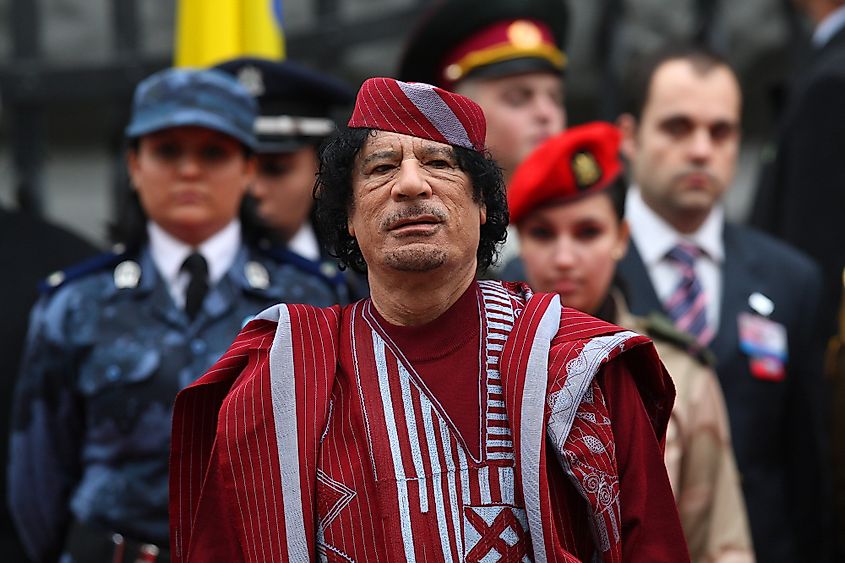
Today, Libya has a population of approximately 6.97 million. Most of these people are of Arab, Berber, or mixed Arab-Berber descent. The country’s largest city is its capital, Tripoli, which is inhabited by an estimated 1.15 million people, and is located in the west of the country. Libya’s second largest city, Benghazi, has a population of about 650,000, and is located in the country’s east. It was in Benghazi that the rebellion against Muammar Gaddafi began. Both Tripoli and Benghazi are located on Libya’s Mediterranean coast, as is most of the country’s population.
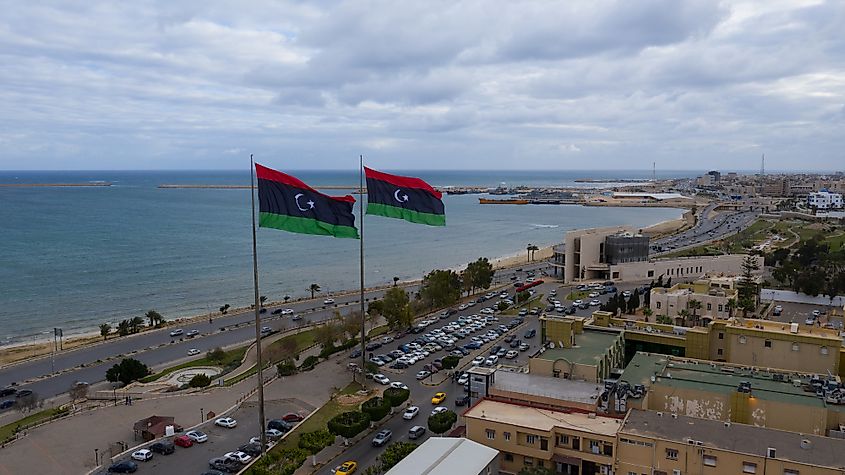
Geographically, Libya is traditionally divided into three regions: the northwest region of Tripolitania, the southwest region of Fezzan, and the eastern region of Cyrenaica. Historically, these three regions have competed with each other, and tensions between them are reflected in the current conflict. Some have even speculated that Libya could come apart because of these regional rivalries.
Libya’s chief economic resource is oil, which has enabled the country to achieve the highest GDP per capita in all of Africa. In the past, the Libyan government used the country’s oil wealth to build and maintain an impressive network of social services. Since the 2011 revolution, however, the resource has become somewhat of a curse, as it has aggravated the country’s civil conflict.
How Did The Civil War Begin?

The rebellion that overthrew Muammar Gaddafi took place in 2011, between February and October. On October 20th, Libyan rebels captured Sirte, Gaddafi’s last bastion of control in the country. It was during the battle for Sirte that Gaddafi was reportedly shot and killed. In the midst of the successful rebellion, the head of the National Transitional Council, which was formed during the war to control rebel-held territory, announced that an interim government would be formed within a month, followed by elections for a constitutional assembly within eight months, then parliamentary and presidential elections a year after that. It was during this transition period that the factions who were once united in their efforts to overthrow Gaddafi began to fragment and compete against each other.
In the beginning of 2012, clashes between rival militias in Benghazi occurred. Later in the year, sectarian attacks against Sufi holy sites by Islamic fundamentalist militants took place. These events were followed by an attack by Islamists on the American consulate in Benghazi, in which the US ambassador and three others were killed. About one year later, one of Libya’s militias began blockading oil terminals.
In February 2014, protests were held after the General National Congress (GNC), Libya’s Gaddafi-era legislature, refused to disband following the expiration of its mandate. The GNC was to hand over power to a newly-established Council of Deputies, for which elections were held in June. But Islamist politicians in the GNC disputed the results of these elections. The power struggle between the new Council of Deputies and the GNC quickly descended into violence, as armed supporters of the GNC occupied Tripoli, forcing the Council of Deputies to flee to the city of Tobruk, located to the east of Benghazi. Since the disputed elections of June 2014, Libya has been in the throngs of a protracted civil conflict with no end in sight.
The Current Situation

Libya is now practically split based on the traditional rivalries between the regions of Tripolitania and Cyrenaica. Thus, there are two regimes vying for control of the entire country. One is based in Tripoli, and is known as the Government of National Accord (GNA). This government is recognized by the United Nations as the legitimate government of Libya. It is led by Prime Minister Fayez Al-Sarraj. The militias who support the GNA control the northwest corner of the country. The other administration is based in Tobruk, and is backed by a prominent general and former ally of Gaddafi, General Khalifa Haftar. General Haftar commands the forces of what is known as the Libyan National Army (LNA). Presently, the LNA controls territory in the east, center, and west of Libya. Also complicating matters are a number of militias who are not affiliated with either administration, and who control parts of southern Libya. These are mostly ethnic or tribal militias, such as those belonging to the Tuaregs, a Berber group in Libya’s southwest. Other militias are affiliated with Islamist extremist groups, such as Islamic State.
Involvement Of Foreign Powers In The Libyan Civil War
Both rival administrations in Libya have the support of foreign entities. As previously mentioned, the Tripoli-based GNA is backed by the UN. It is also supported by most Western powers, including the U.S. and Libya’s former colonial power, Italy. Turkey and the Persian Gulf state of Qatar also support the GNA. Turkey’s support, in particular, has been vital to the survival of the GNA. The country has provided the GNA with equipment and military advisors. In its latest show of support, Turkey has even sent its own troops to fight in the war. These troops have reportedly been joined by Syrian fighters, whose militias are supported by Turkey.
The Tobruk-based regime is supported by the United Arab Emirates (UAE), Saudi Arabia, Jordan, Egypt, Russia, and France. The UAE is known to have provided air support and advanced weapons to the forces of General Haftar’s LNA. Egypt has given Haftar financial assistance and weapons. France has provided Haftar with military advice, but has also been accused of providing him with weapons as well. Indeed, French missiles were found at an LNA base two years ago, but the French have denied providing any weapons. For its part, Russia has been accused of deploying mercenary forces to assist Haftar.
Thus, the Libyan Civil War is now a proxy war pitting international powers against each other. Some countries base their support of either side on ideological reasons. Turkey and Qatar, for example, are known to be supporters of the Muslim Brotherhood, an Islamic fundamentalist movement that has followers throughout the Arab and Muslim world. Therefore, these two countries have opted to support the GNA because it contains a large Islamist presence. On the other side, countries like Egypt, Saudi Arabia, and the UAE strongly oppose the ideology of the Muslim Brotherhood, and see Haftar as a bulwark against Islamic fundamentalism.
Other countries have been involved in the Libyan conflict for strategic or economic interests. Italy, for example, has a vested interest in stabilizing the country in order to curb the flow of migrants from there to its shores and retain access to the country’s oil reserves. France also has oil interests in Libya. Turkey, which supports the Tripoli-based GNA for aforementioned ideological reasons, also wants to preserve a maritime border agreement that it signed with the GNA, which gives the Turks control of parts of the Eastern Mediterranean that supposedly contain large oil and gas reserves.
Humanitarian Situation In The Libyan Civil War

Like most wars, the civil war in Libya has taken a significant toll on innocent civilians. According to the UN Refugee Agency, for example, more than 343,000 Libyans have been internally displaced by the conflict as of 2020. In addition, three percent of the country’s population lives in extreme poverty. Libya also has the world’s 4th highest youth unemployment rate in the world, at 48.7%. Significant human rights violations have been reported in Libya, including attacks by Islamic extremists on Sufi Muslims, Ibadis, and Christians. The lawlessness in Libya has made it a conduit for thousands of migrants and asylum-seekers from impoverished parts of sub-Saharan Africa and Asia trying to get to Europe. As a result, Libya has had to house tens of thousands of refugees. Moreover, in many cases, human traffickers take advantage of people who come to Libya seeking employment or transit to Europe in order to coerce them into prostitution or forced labor.
